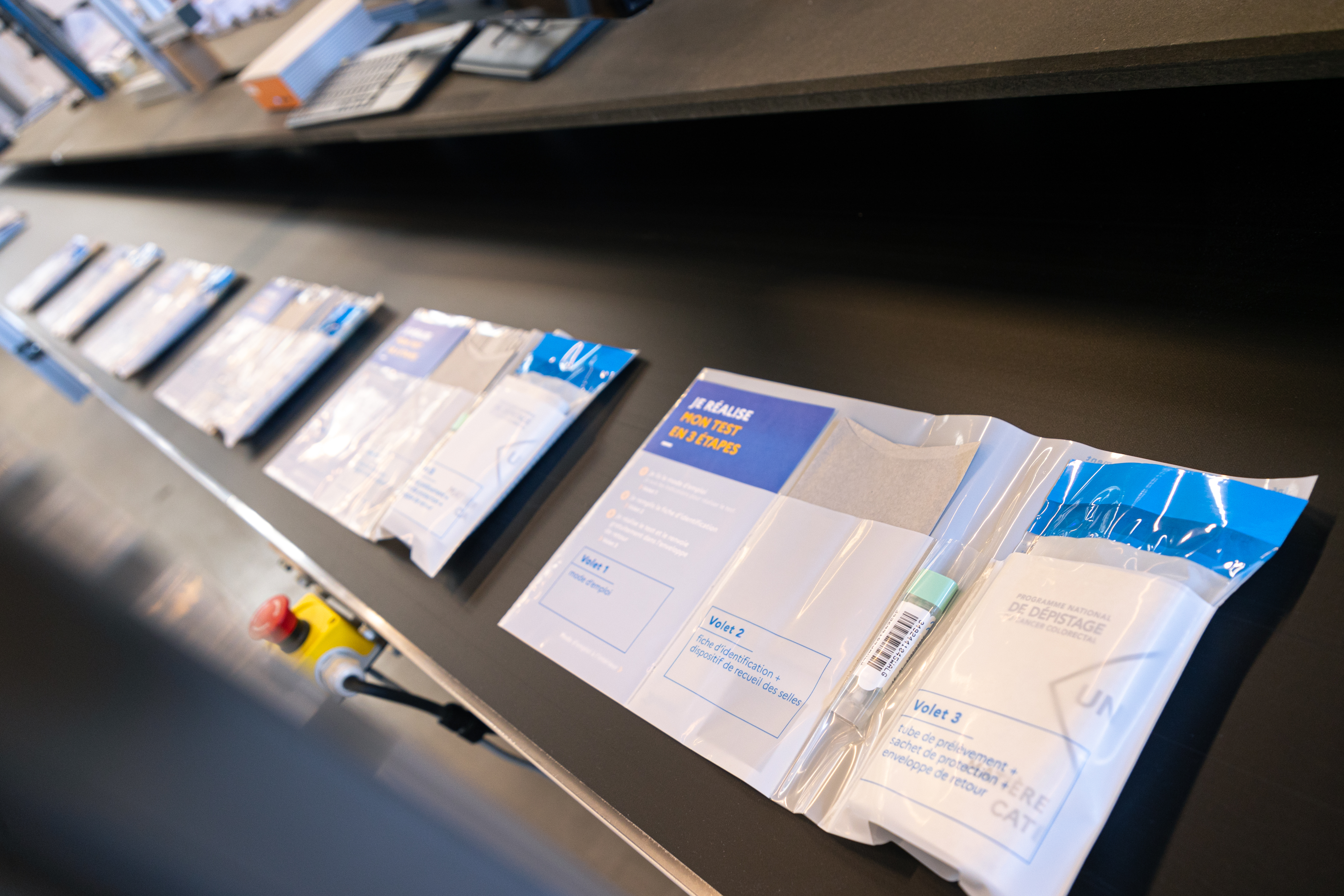

Introduction
In an era where technology is the driving force behind innovation, the medical device packaging sector is not far behind. The future of smart technology in medical device packages promises to revolutionize not only how devices are packaged but also how they are perceived and utilized by healthcare professionals and patients alike. With increasing demands for efficiency, traceability, and safety, the integration of smart technologies into medical packaging is poised to shape the landscape of the medical device packaging market.
This article explores various facets of smart technology in medical device packages, including trends, advancements, challenges, and opportunities. We delve into how these innovations can improve patient outcomes, enhance compliance with regulations, and offer sustainable solutions that cater to the ever-evolving needs of the healthcare industry.
The Future of Smart Technology in Medical Device Packages
Understanding Smart Technology in Medical Packaging
Smart technology encompasses a range of innovative features designed to enhance functionality and user experience. In the context of medical packaging, this includes:
- RFID (Radio Frequency Identification) Tags: These tags enable real-time tracking and monitoring of medical devices throughout their lifecycle. Sensors: Temperature, humidity, and pressure sensors ensure that products remain within required conditions during storage and transport. QR Codes: Scannable codes provide quick access to critical information about the product for both healthcare providers and patients. NFC (Near Field Communication): This allows for contactless data transfer between devices and smartphones or tablets.
Trends Shaping the Medical Device Packaging Market
1. Increased Focus on Patient Safety
With growing concerns over patient safety, regulatory bodies are emphasizing stringent standards for medical packaging. Smart technologies can play a pivotal role in ensuring that products meet these standards by providing real-time data on storage conditions.
2. Rise of Sustainable Medical Packaging Solutions
Environmental consciousness is more pronounced than ever. As such, companies are exploring biodegradable materials and sustainable practices that align with consumer expectations while maintaining compliance with medical packaging regulations.
3. Customization in Medical Device Packaging
Customization is key in today’s competitive market. Companies are investing in custom medical packaging solutions tailored to specific products and patient needs—an area where smart technology can help streamline processes.
4. Digital Transformation in Healthcare
The digitalization trend extends beyond software into the physical realm with smart packaging solutions that connect devices to online platforms for improved inventory management and usage analytics.
Medical Packaging Materials: Choosing Wisely
Common Materials Used in Medical Device Packaging
When it comes to medical device packaging design, material selection plays a crucial role:
- Polyethylene (PE): Flexible yet durable; ideal for sterile barrier systems. Polyvinyl Chloride (PVC): Often used for blister packs due to its excellent barrier properties. Polypropylene (PP): Resistant to heat; suitable for sterilization processes.
Biodegradable Options: The Future?
With sustainability becoming sustainable packaging a priority within the industry, biodegradable materials like PLA (Polylactic Acid) are gaining traction Custom Packaging as alternatives to conventional plastics without compromising safety or integrity.
Medical Device Packaging Validation Process
Importance of Validation in Medical Packaging Design
Validation ensures that manufacturers comply with all regulatory requirements while guaranteeing product safety and performance. It encompasses:
Material Testing Sterilization Validation Shelf-Life StudiesSteps for Effective Validation
To achieve successful validation:
Develop a validation strategy early in the design phase. Perform rigorous testing under simulated conditions. Document all findings meticulously to ensure compliance with regulatory bodies.Challenges Facing Smart Technology Integration in Medical Packing
Regulatory Compliance Issues
Navigating through complex regulations can be daunting for companies looking to integrate smart technology into their offerings.
Cost Implications
Investing in advanced technologies often requires significant capital outlay which can deter smaller companies from innovating.
Consumer Acceptance
Educating healthcare professionals about new technologies is essential yet challenging—a task made easier through proper training programs.
Medical Equipment Packaging Trends You Should Know About
Adoption of Mixed Reality Technologies
Augmented reality (AR) applications enable users to visualize assembly instructions or maintenance protocols directly onto devices using smart glasses or mobile apps.
Integration with IoT Devices
By connecting packaging solutions with IoT devices, stakeholders can gain insights into inventory levels or product usage patterns—facilitating proactive decision-making processes.
Sterile Packaging for Medical Devices: A Necessity or an Option?
Sterile medical packaging is no longer just an option—it's a necessity aimed at reducing contamination risks during storage and transportation.
Types of Sterile Packaging Solutions Available Today
Heat-Sealed Pouches Blister Packs Rigid ContainersEach type comes equipped with unique features designed specifically for different types of medical devices—from surgical tools to pharmaceuticals.
Medical Device Contract Packaging Services Trends
As outsourcing becomes increasingly popular among manufacturers seeking efficiency gains:
Providers focus on specialized services tailored towards niche markets like cannabis-related products. Collaboration between stakeholders ensures compliance with stringent regulations across multiple jurisdictions—enhancing overall efficiency.The Role of Custom Cannabis Packaging Design in Healthcare
As more states legalize cannabis for medicinal purposes:
- Custom cannabis packaging designs must adhere strictly to local regulations while providing necessary information regarding dosage instructions or warnings about potential side effects.
This emerging market presents exciting opportunities within both traditional medicine realms alongside recreational use cases moving forward!
Frequently Asked Questions (FAQs)
1) What are some key benefits of using smart technology in medical device packages?
Smart technology enhances traceability, improves patient safety through real-time monitoring, reduces human error via automation features, & facilitates better inventory control—all contributing towards improved healthcare outcomes!
2) How do I choose suitable materials for my medical device packaging?
Consider factors like compatibility with sterilization methods used on your product(s), required shelf life expectations & any specific regulatory requirements applicable within your target markets before making material selections!
3) Are there eco-friendly options available within sterile packaging solutions?
Yes! Several biodegradable alternatives exist today—including PLA-based films—offering effective barriers without compromising environmental integrity!
4) What steps should I take when validating my new package design?
Start by developing an overarching validation strategy early-on; then perform comprehensive testing under relevant conditions while documenting findings thoroughly throughout each phase before final approval!
5) How does customization affect production costs?
Custom designs often require additional tooling expenses which may increase upfront costs—but can lead towards long-term savings by streamlining operations through optimized manufacturing techniques once implemented successfully over time!
6) Why is collaboration essential among stakeholders involved throughout this process?
Collaboration fosters clear communication channels ensuring all parties understand their roles/responsibilities leading towards optimal outcomes while aligning shared goals resulting ultimately benefiting end-users across various sectors involved here too!
Conclusion
As we move toward an increasingly digitized future characterized by rapid technological advancements across industries worldwide—including healthcare—the future looks bright indeed! Embracing innovations found within smart technologies promises enhanced efficiencies coupled alongside improved patient care experiences whilst simultaneously addressing sustainability concerns prevalent today! By staying ahead-of-the-game proactively adapting accordingly navigating challenges effectively will undoubtedly yield fruitful results yielding satisfying returns both financially ethically long-term overall benefitting society broadly thereby enhancing quality living standards enjoyed universally everywhere globally too!